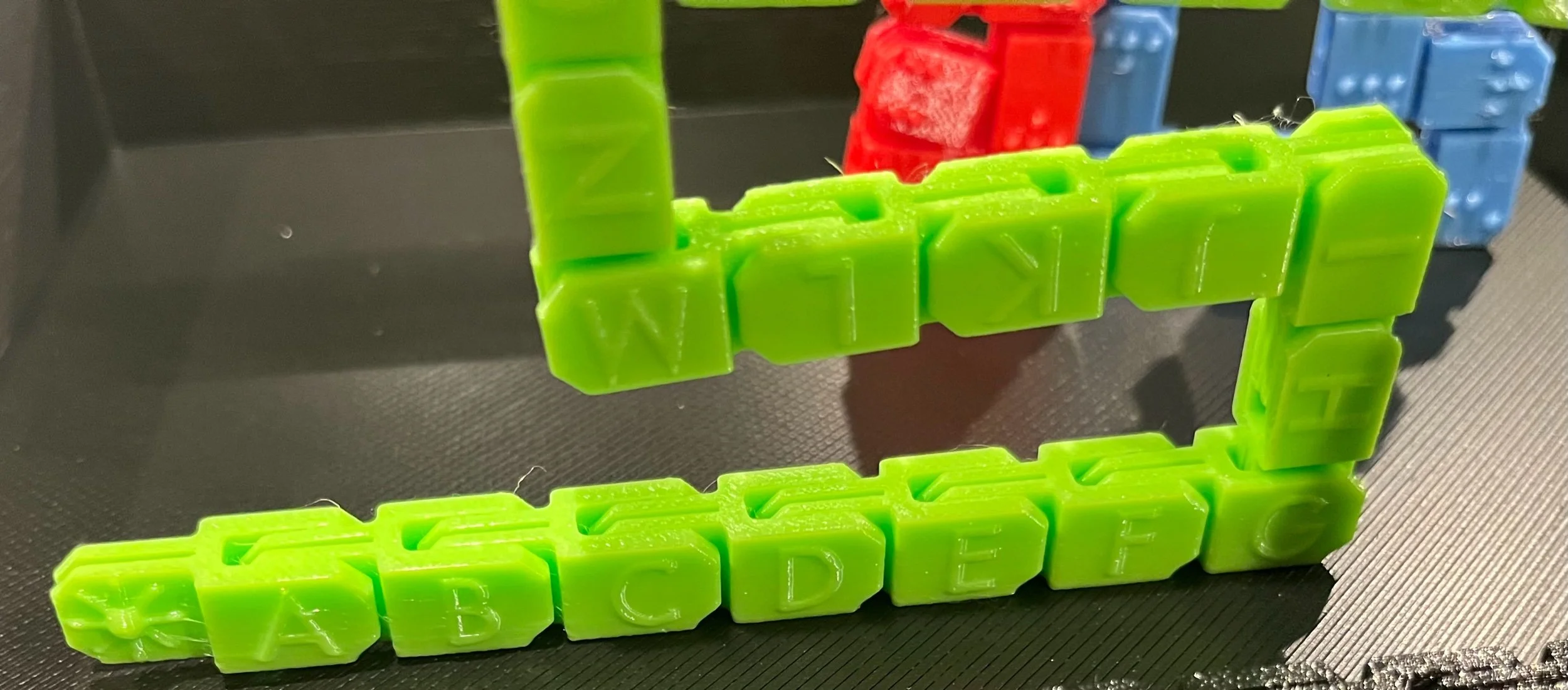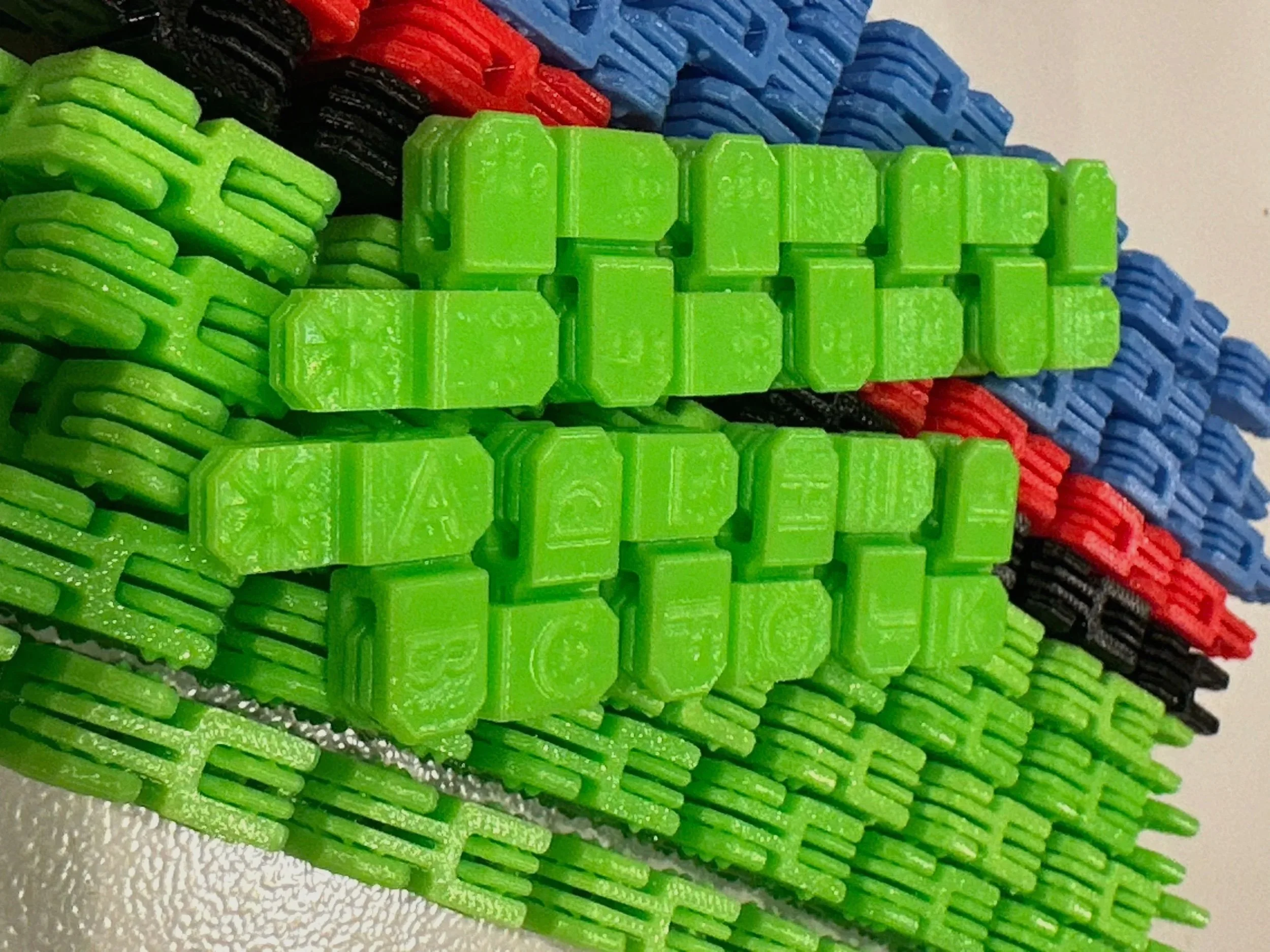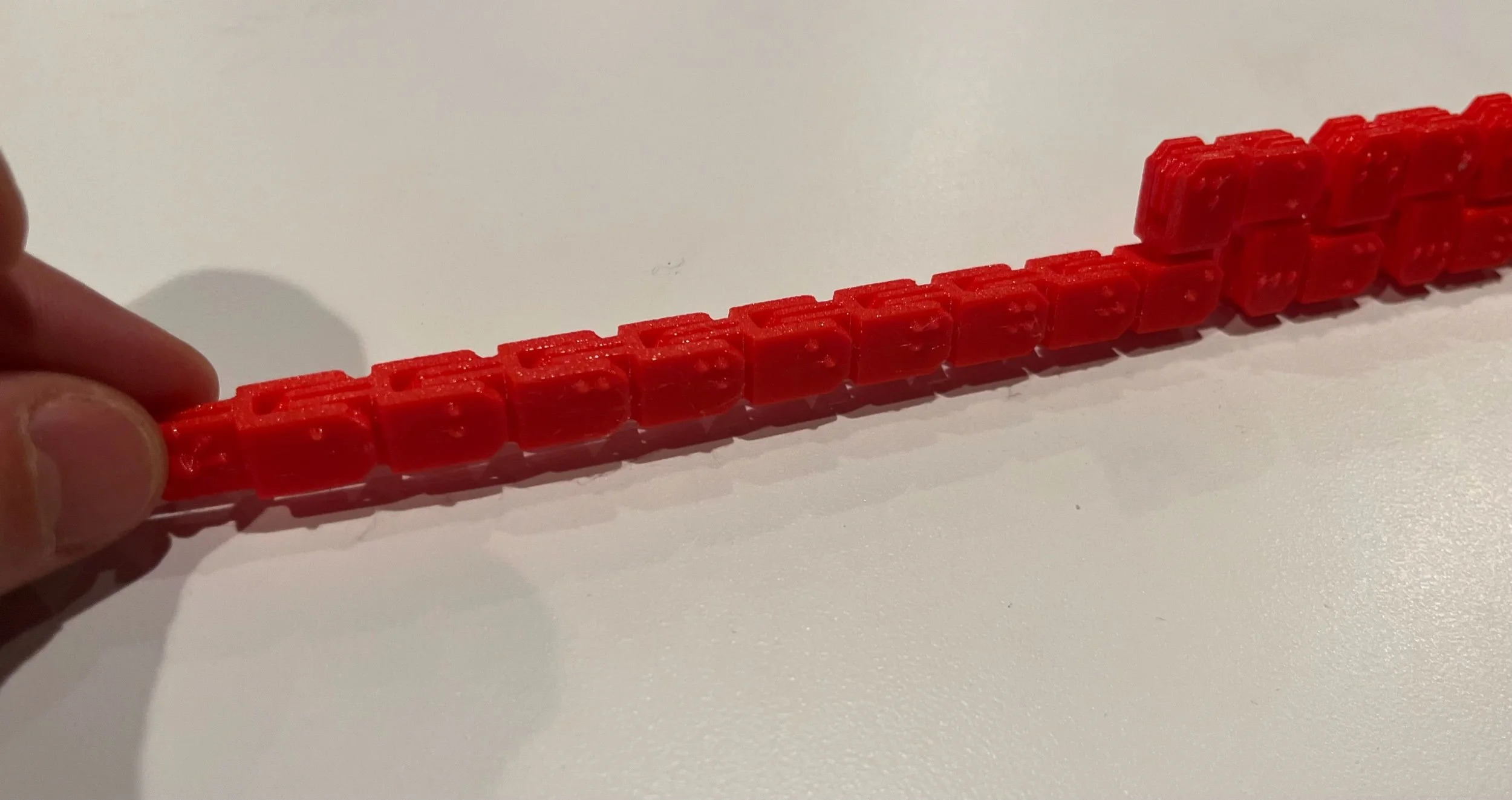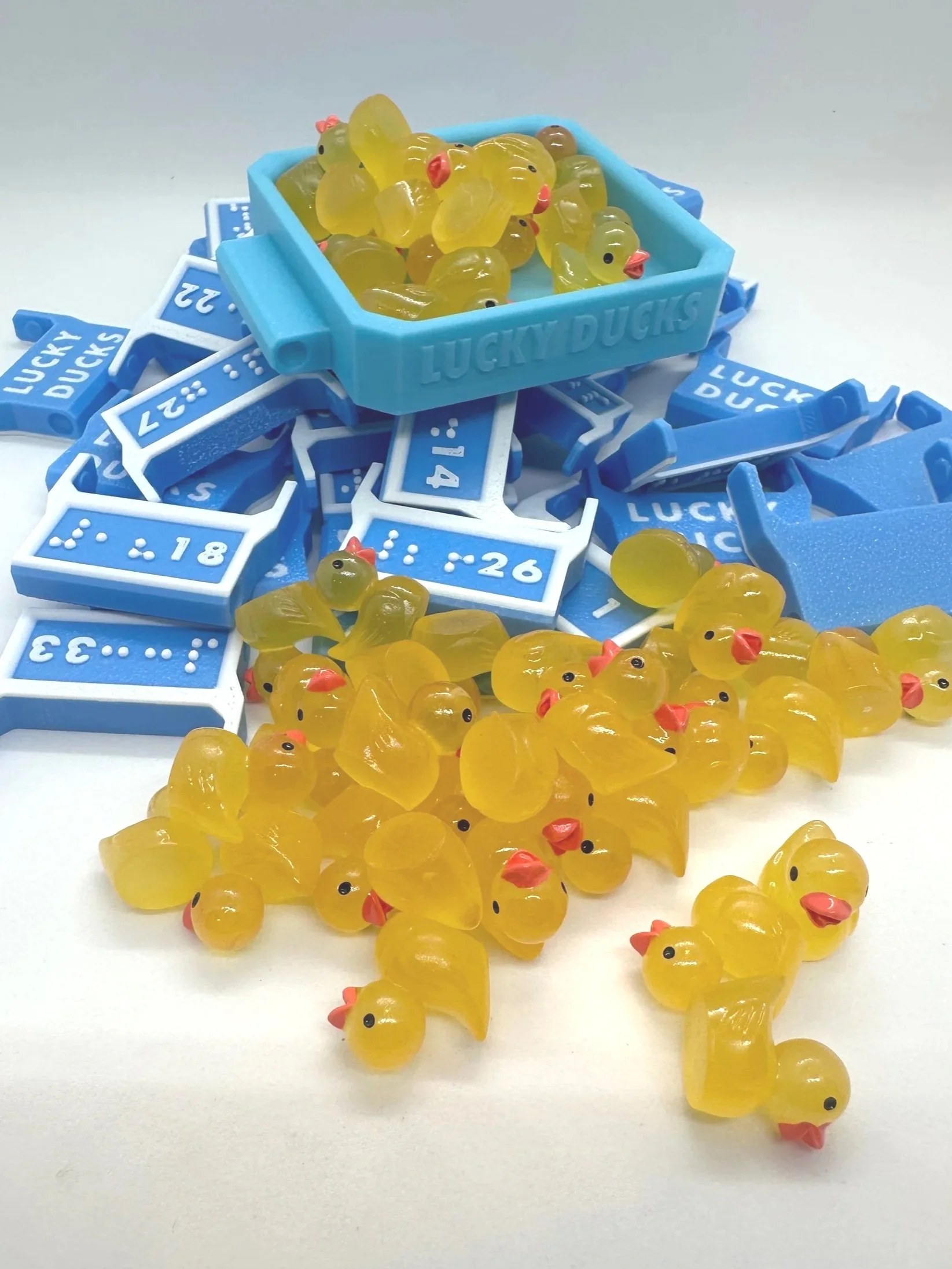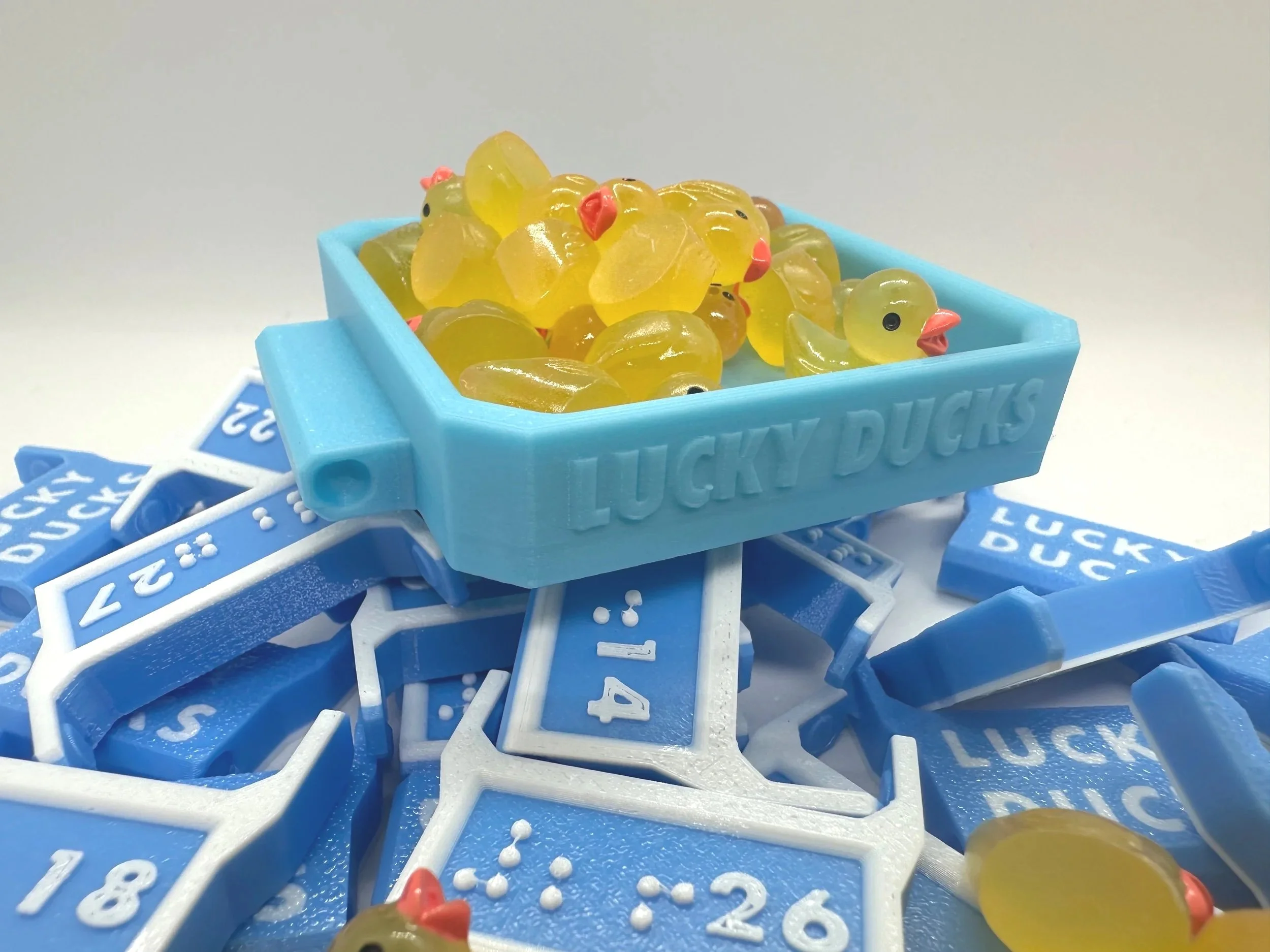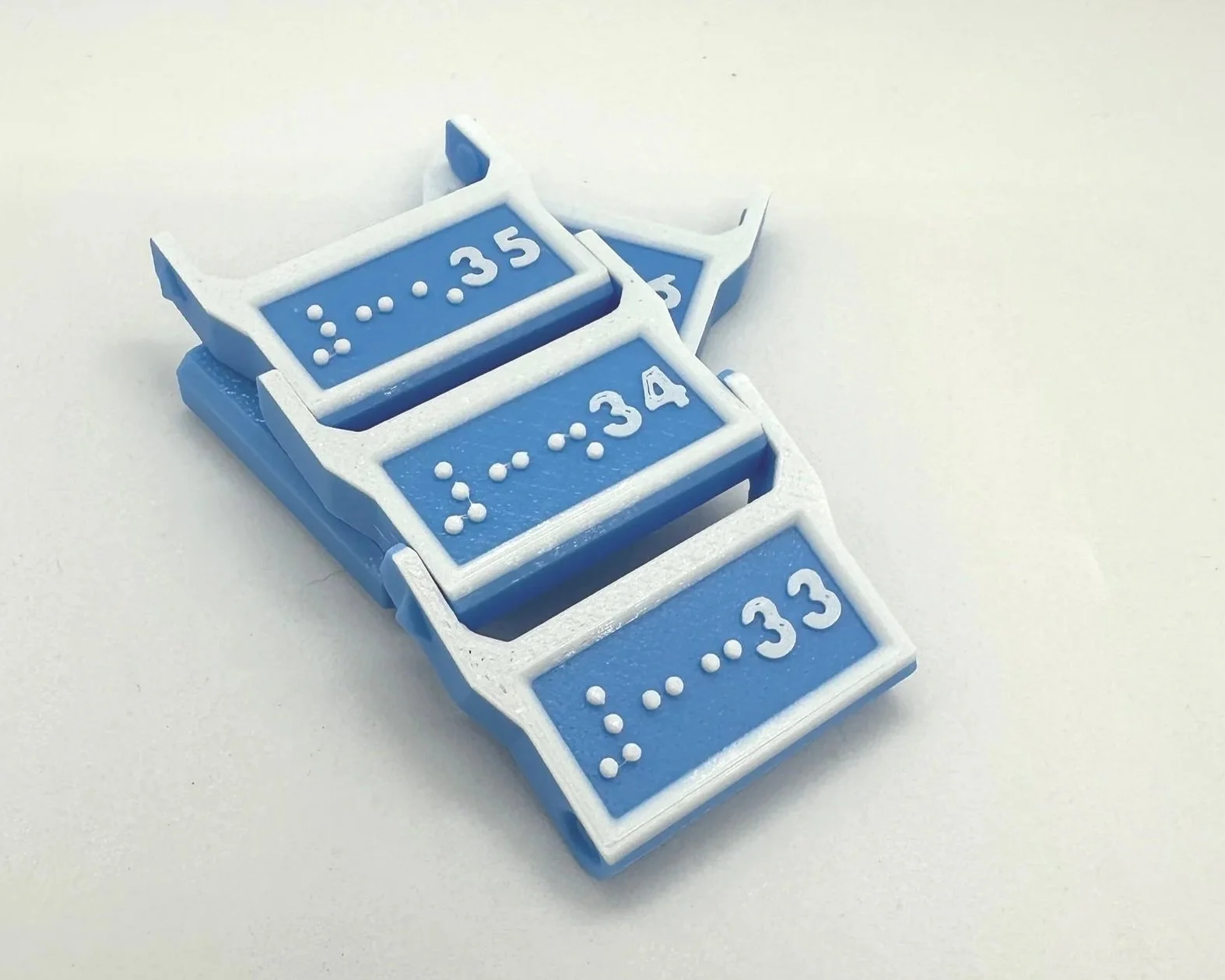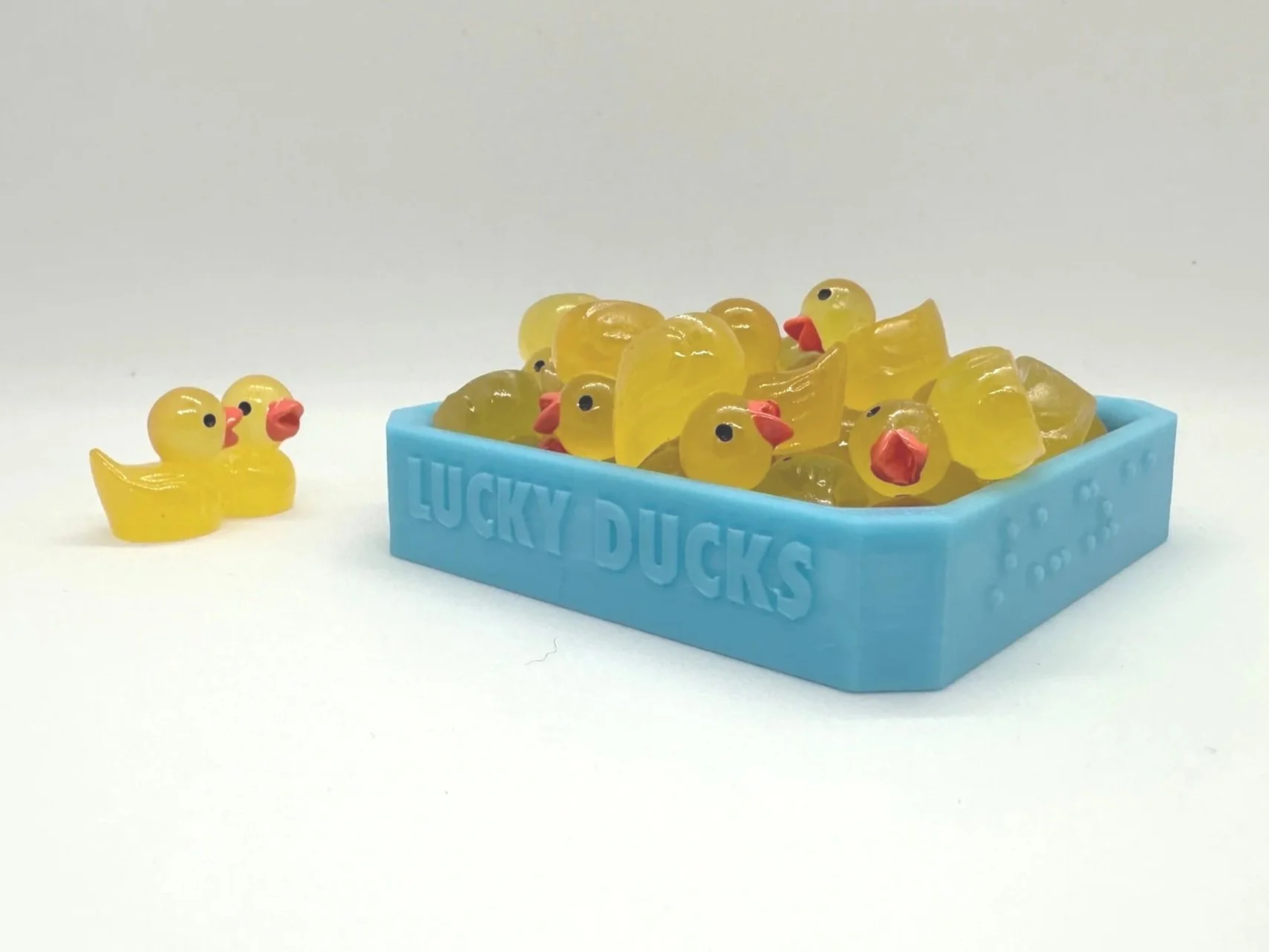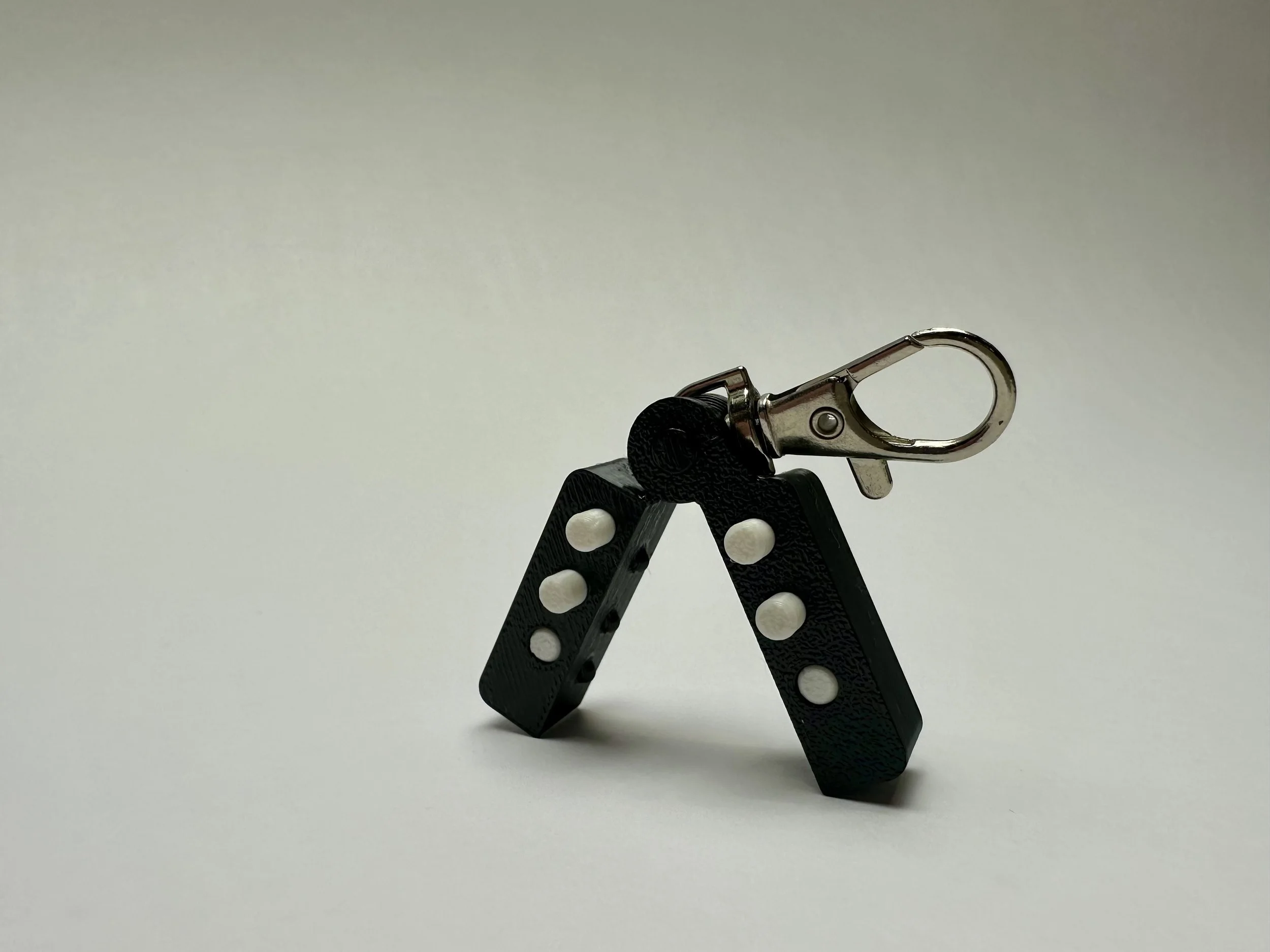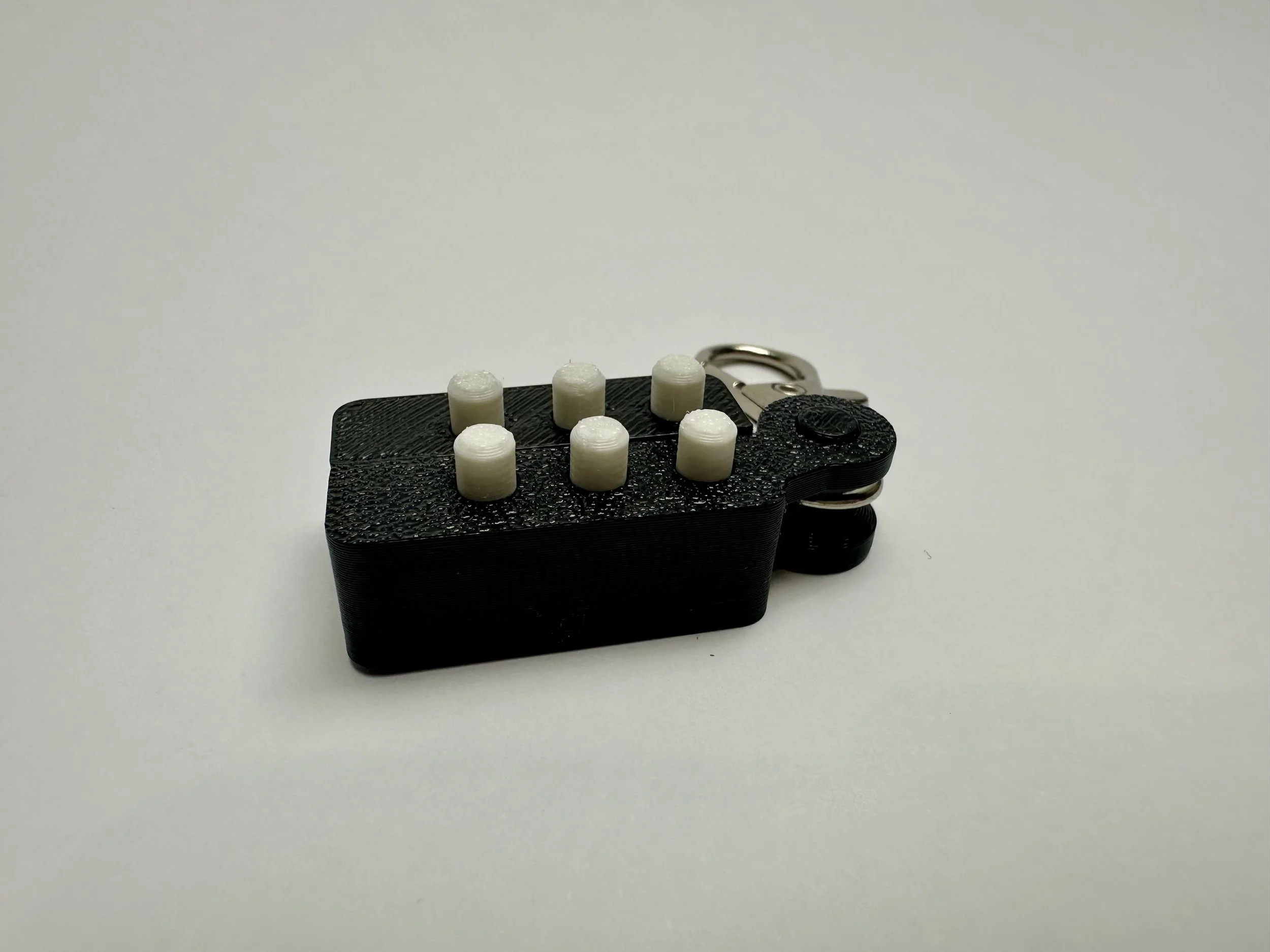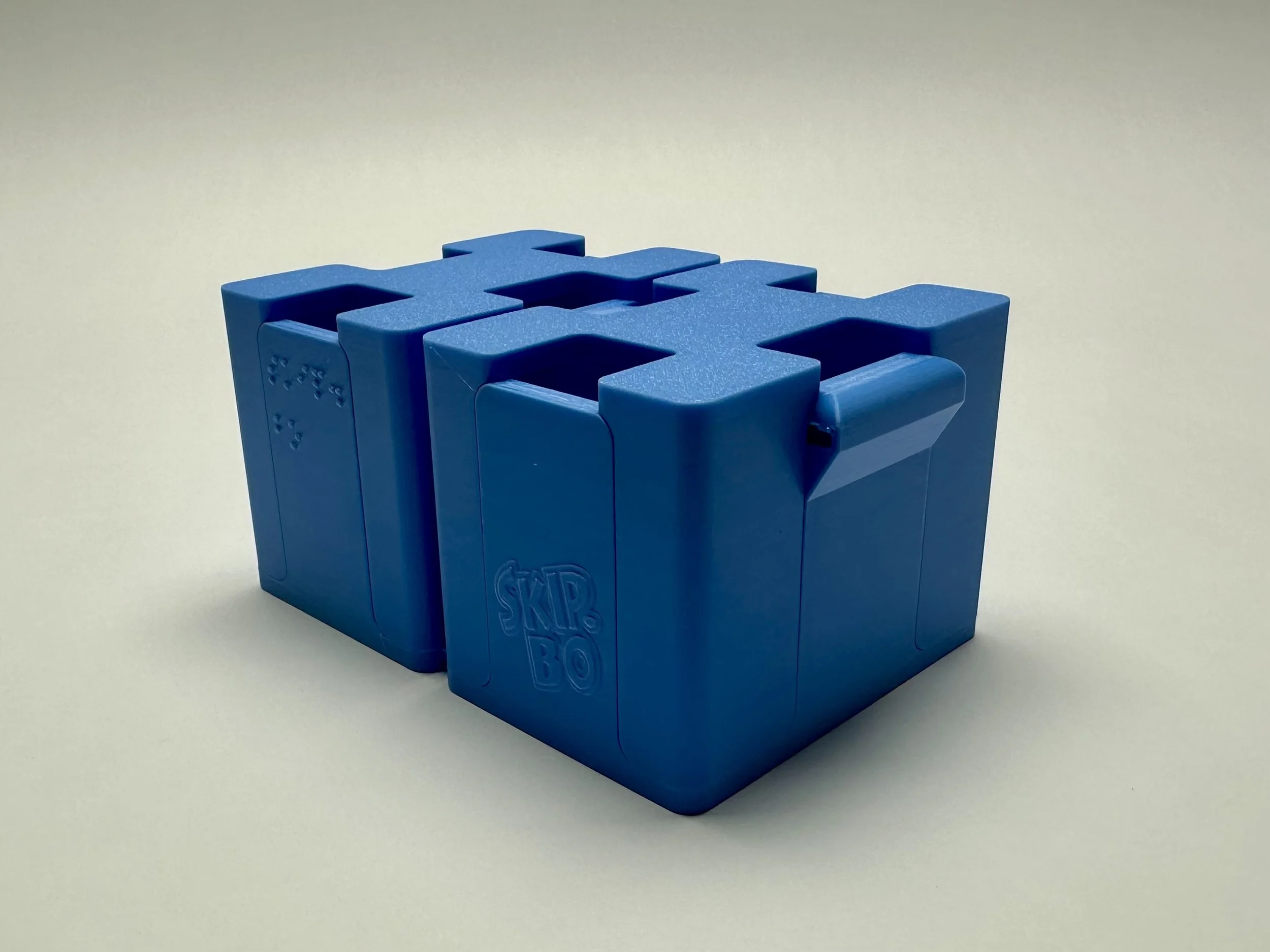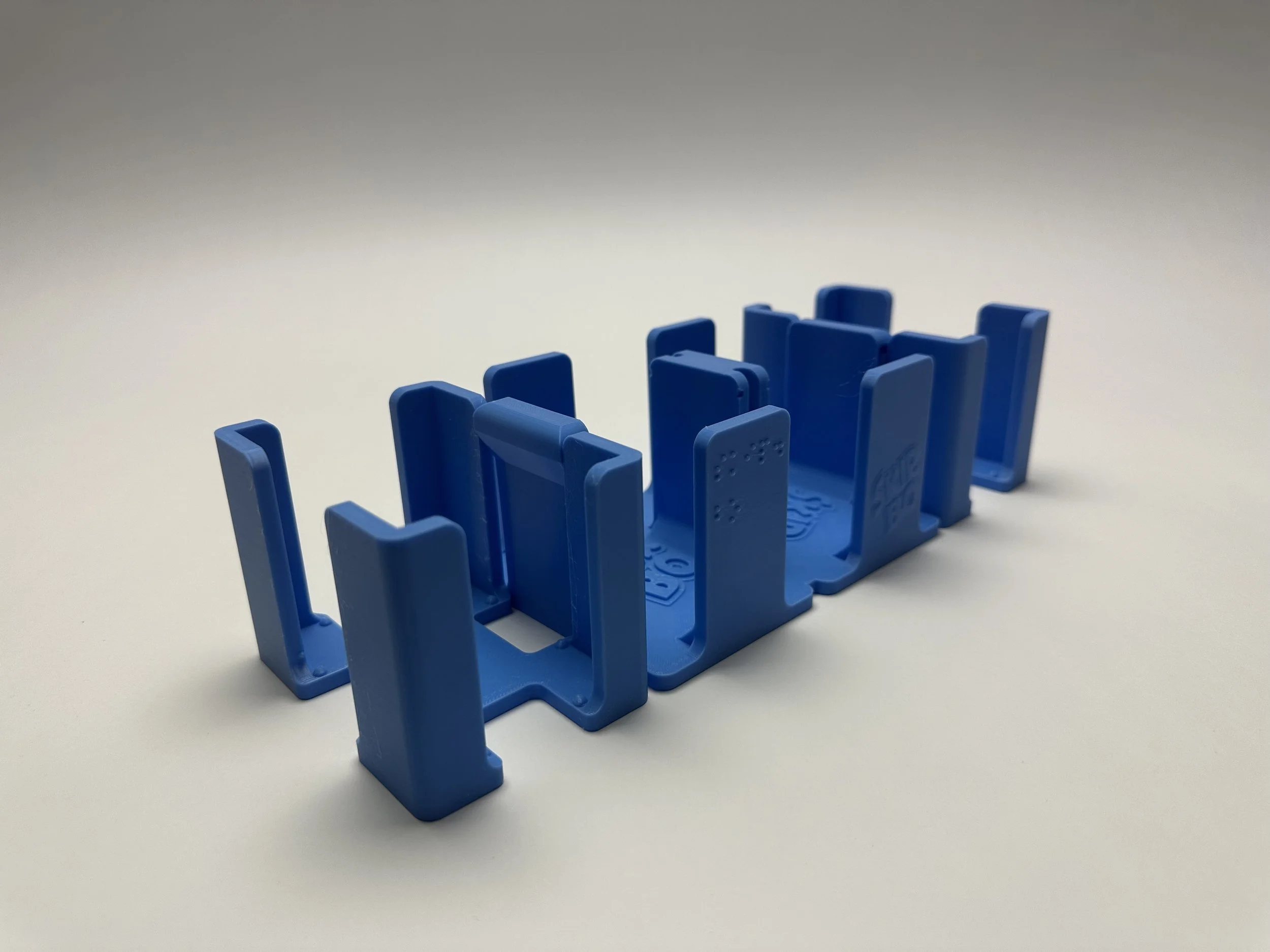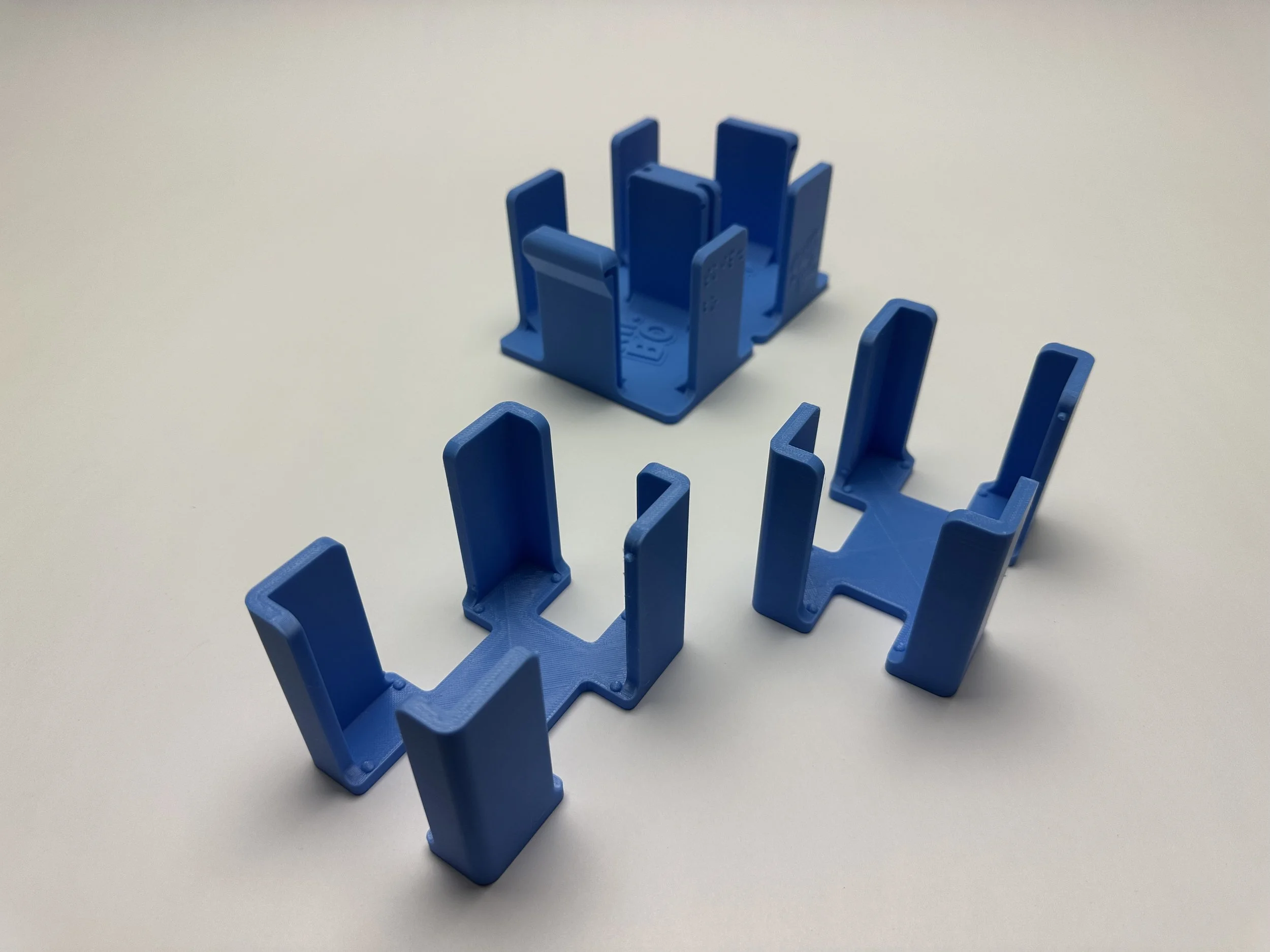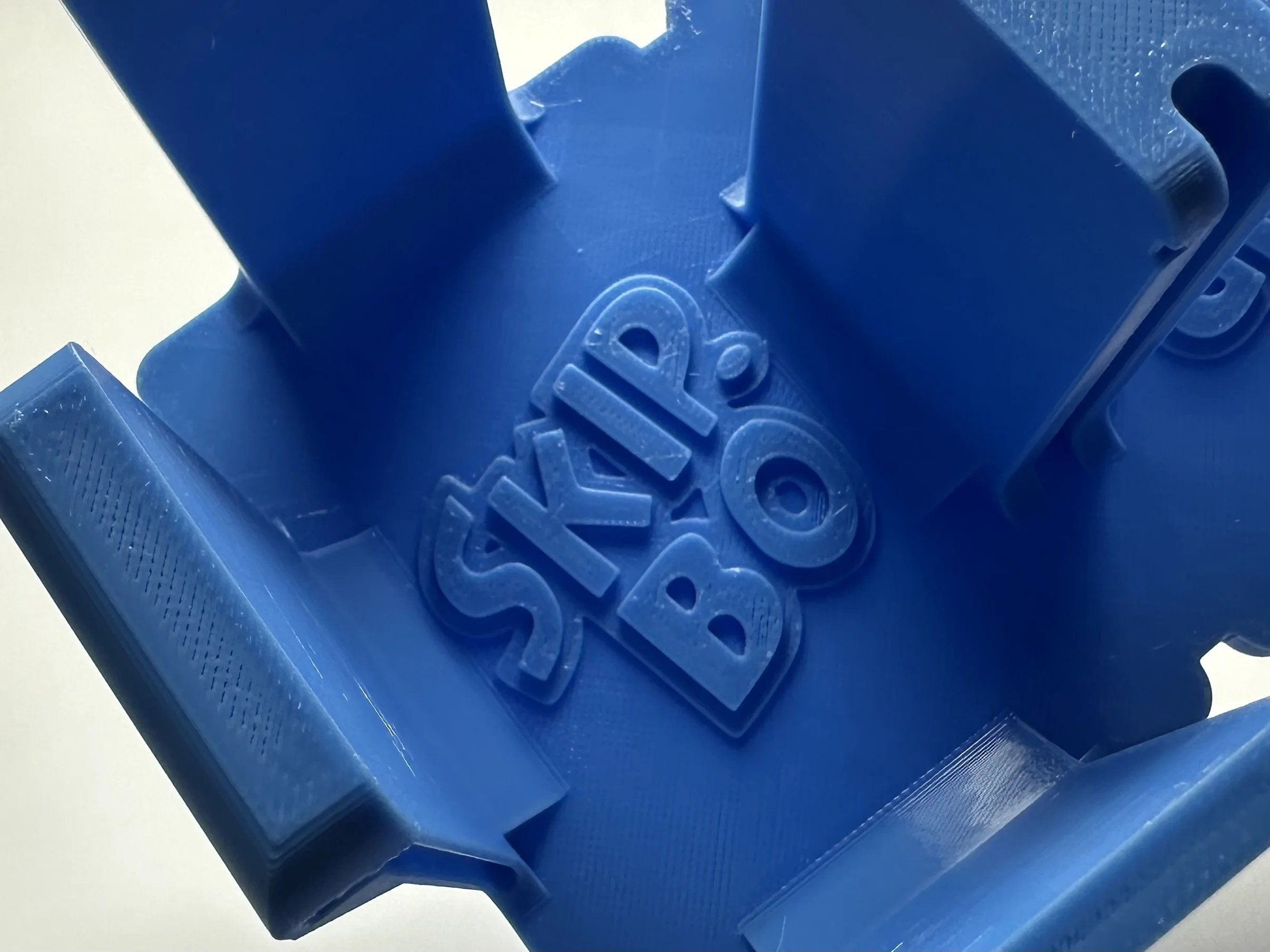 Image 1 of 3
Image 1 of 3

 Image 2 of 3
Image 2 of 3

 Image 3 of 3
Image 3 of 3




Braille Chess, magnetic
Currently backordered.
Next orders will be shipped out on July 18.
This chess board includes x and y coordinates labeled in UEB braille and high-contrast along the perimeter of the board.
Components:
Board: Magnetic travel chess board with black and white squares. The black, smooth squares rest slightly higher on the board than the white, bumpy squares.
Chessmen: The magnetic chessmen follow the standard chess design, and sit upon green magnetic bases. The white pieces have circular bases and a smooth texture, while the black pieces have square bases and a rough texture. The differentiation in texture paired with the magnetic bases allow the players to easily distinguish opponents’ pieces from their own.
Case: “CHESS” is found in print and braille on the exterior of the box, making it easy to locate when on the shelf. The lid of the box holds captured pieces.
Specifications:
Size when closed: 9 in by 8 in by 1.5 in high
Currently backordered.
Next orders will be shipped out on July 18.
This chess board includes x and y coordinates labeled in UEB braille and high-contrast along the perimeter of the board.
Components:
Board: Magnetic travel chess board with black and white squares. The black, smooth squares rest slightly higher on the board than the white, bumpy squares.
Chessmen: The magnetic chessmen follow the standard chess design, and sit upon green magnetic bases. The white pieces have circular bases and a smooth texture, while the black pieces have square bases and a rough texture. The differentiation in texture paired with the magnetic bases allow the players to easily distinguish opponents’ pieces from their own.
Case: “CHESS” is found in print and braille on the exterior of the box, making it easy to locate when on the shelf. The lid of the box holds captured pieces.
Specifications:
Size when closed: 9 in by 8 in by 1.5 in high

